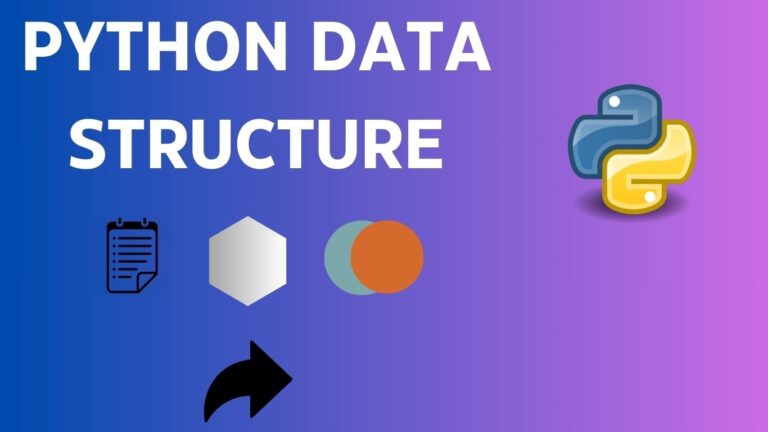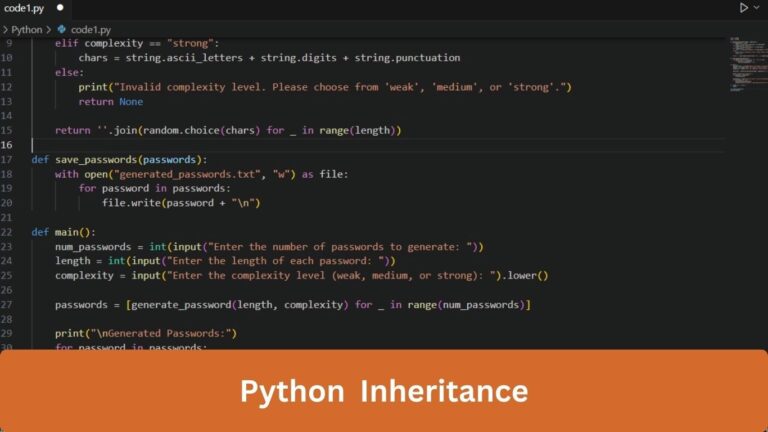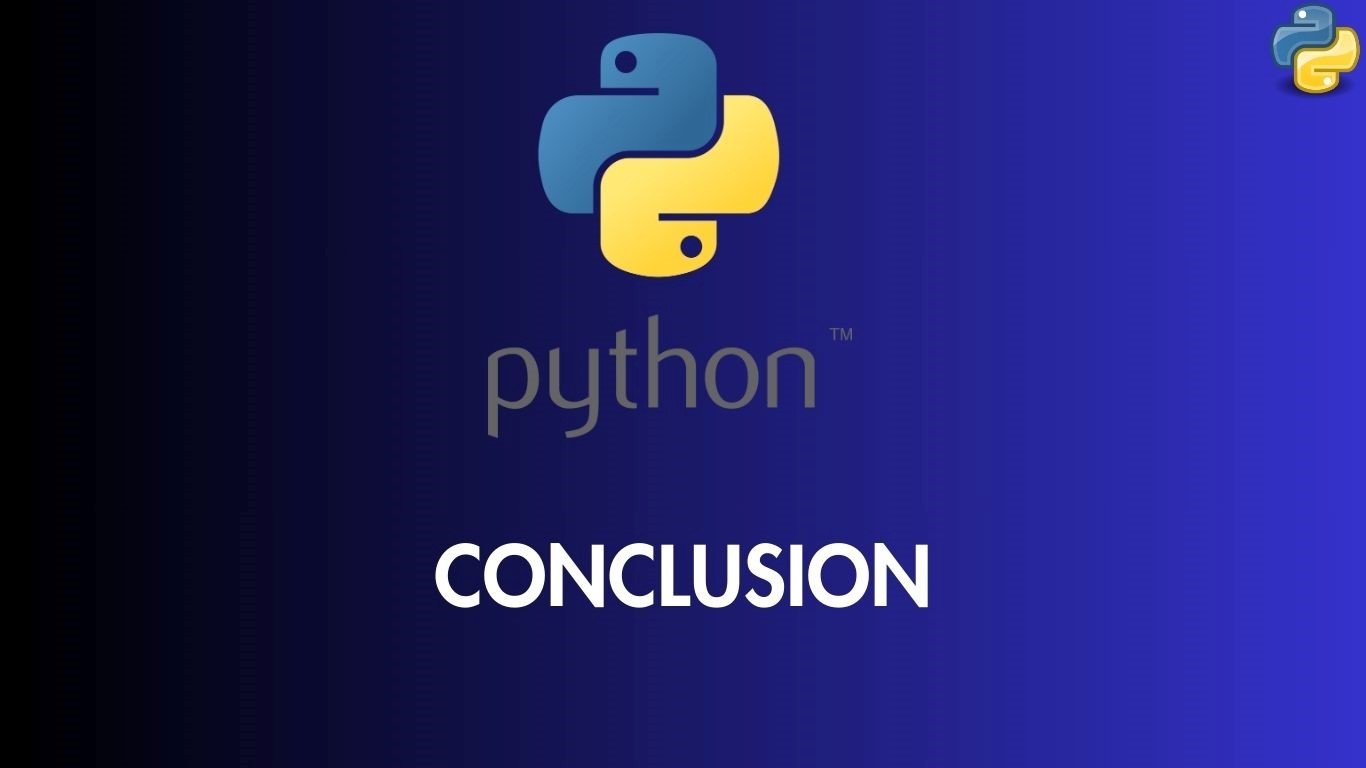
Unlock the Magic of Python: Dive into Engaging Python Course Contents
Python stands out as a well-liked and potent programming language in the modern digital environment. Its simplicity and versatility make it a favorite choice for beginners and professionals alike, used in everything from building websites to analyzing data and creating artificial intelligence. In this blog, we’re going to explore how to create engaging Python Course Contents. Whether you’re a teacher wanting to inspire your students or someone eager to learn Python on your own, we’ll guide you through the process of designing course content that’s easy to understand and fun to learn. Whether you’re an experienced educator or just starting out, this blog is here to help you make Python education accessible and enjoyable for everyone. So, let’s dive in and discover the magic of Python together!

The Basics of Python Course Contents
In the initial stages of your Python journey, you’ll acquaint yourself with the fundamental building blocks of the language. From understanding variables and data types to exploring basic operations like arithmetic and string manipulation, this phase lays the groundwork for your coding adventure. Expect to encounter concepts like loops and conditionals, which are essential for controlling the flow of your programs. With hands-on exercises and real-world examples, you’ll gradually gain confidence in writing simple Python scripts to solve everyday problems.let’s start learning Python
As you progress through the course, you’ll delve deeper into the power of functions and modules in Python. Functions allow you to encapsulate reusable pieces of code, promoting code organization and reusability. Meanwhile, modules provide a way to structure your code into logical units, enabling better management of larger projects. You’ll learn how to create your own functions, understand the concept of scope, and leverage existing modules to enhance your programs. Through interactive coding exercises, you’ll sharpen your skills in designing modular and efficient Python code.

Functions:
Functions are reusable code segments that carry out a certain function.
They help in organizing code, promoting modularity and reusability.
Functions take inputs called parameters or arguments, perform operations, and optionally return a result.
Modules:
Python files with a.py extension that include code are called modules, and they can be imported and utilized by other Python programs.
Built-in Functions and Standard Library Modules
Python provides a wide range of built-in functions that are readily available for use without the need for importing any modules. These include functions like print (), len(), input(), etc.
Custom Modules
Simply put your Python code in a.py file and save it in the directory containing your main program or in a location specified in Python's module search path to build a custom module. You can then import your custom module into other Python scripts using the import statement.
Data Structures and Algorithms
Python’s vast array of data structures and algorithms is one of its main advantages. In this phase of the course, you’ll explore concepts like lists, dictionaries, tuples, and sets, each offering unique ways to organize and manipulate data. Additionally, you’ll dive into algorithmic thinking, understanding how to solve problems systematically through step-by-step procedures. From sorting and searching algorithms to graph traversal techniques, you’ll unravel the beauty of computational thinking and its applications in various domains.

- Data structures are collections of data organized in a specific way to enable efficient access, modification, and manipulation.
- Examples of common data structures in Python include lists, dictionaries, tuples, sets, stacks, queues, and trees.
- Each data structure has its own advantages and use cases. For instance, lists are versatile and allow for sequential access to elements, while dictionaries provide fast access to elements using keys.
- Algorithms are step-by-step procedures or sets of rules used to solve computational problems.
- They can range from simple operations like sorting a list to complex tasks such as finding the shortest path in a graph.
- Efficiency is a key consideration when designing algorithms, measured in terms of time complexity (how long it takes to run) and space complexity (how much memory it uses).
Importance of Data Structures and Algorithms: in Python Course Contents
- The significance of data structures and algorithms lies in their fundamental role in computer science. They are widely employed in various domains such as software development, artificial intelligence, machine learning, and others.
- They provide the building blocks for designing efficient solutions to real-world problems, enabling the creation of faster and more robust software systems.
- Proficiency in data structures and algorithms is highly valued in the tech industry, as it demonstrates problem-solving skills and the abilityto write efficient code.
Object-Oriented Programming (OOP)
Object-Oriented Programming (OOP) is a paradigm that revolutionizes the way we approach software development. Through the lens of Python, you’ll grasp the core principles of OOP, including encapsulation, inheritance, and polymorphism. You’ll learn how to define classes and objects, modelling real-world entities in your code. With inheritance, you can create hierarchies of classes, fostering code reuse and extensibility. Moreover, polymorphism enables you to write flexible and modular code that adapts to different scenarios. By mastering OOP concepts, you’ll be equipped to tackle complex programming challenges with elegance and efficiency.

- Inheritance enables classes to inherit properties and behaviours from parent classes, promoting code reuse and hierarchical organization.
- Polymorphism allows objects of different classes to be treated as objects of a common superclass, enabling flexibility and extensibility in code design.
- Abstraction involves simplifying complex systems by hiding unnecessary details and exposing only essential features to the user.
Web Development

Experience in web development is highly valued in today’s globalized world. During this Python Course Content section, you’ll explore Flask, a lightweight and versatile web framework for Python. You’ll learn how to build dynamic web applications, handling routing, requests, and responses with ease. From designing user interfaces with HTML and CSS to integrating backend logic with Python, you’ll witness the magic of full-stack development unfold before your eyes. By the end of this module, you’ll have the skills to create your own web projects and embark on exciting ventures in the digital landscape.
- Using a variety of frameworks and libraries, web development in Python course content entails building dynamic, interactive websites and web applications.
- Flask and Django are two of the most well-known web development frameworks available for Python.
- The Flask is a lightweight and flexible micro-framework that provides essential tools for building web applications quickly and efficiently.
- Both Flask and Django use the Model-View-Controller (MVC) or Model-Template-View (MTV) architectural pattern to structure web applications.
- In web development with Python course content, HTML, CSS, and JavaScript are used for creating the user interface (UI) and enhancing interactivity.
Conclusion:
Congratulations! You’ve journeyed through the intricacies of Python course content, emerging with a newfound appreciation for the language’s versatility and power. From mastering the basics to delving into advanced topics like object-oriented programming and web development, you’ve equipped yourself with valuable skills that transcend boundaries. As you continue your Python odyssey, remember that learning is a continuous process, and each line of code you write is a step towards realizing your potential in the ever-evolving tech landscape.
